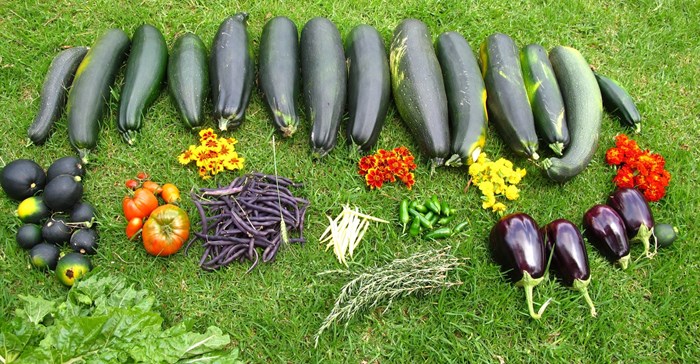






The best way to learn how to grow is to start growing and experiment from there, the more experience you get, the more abundant your crop will be. Dig in!
If you’re looking to get those thumbs green and grow a sustainable organic urban farm, here is a short step-by-step guide to getting you started:
• The area that you plant in, needs to have a sufficient water source and adequate sunlight.
• Ensure that the soil you are growing is balanced. First, research your soil and then find the best way to prepare it so that it is ready to host plants. Let It Grow Foundation uses a plant called comfrey as a fertiliser.
• Research seeds that will grow well on the site that you have prepared for them. Let It Grow Foundation suggests using a method called “companion planting”, which is a strategic way of planting to ensure each plant enhances the growth of the other. This is how you will get the most out of your organic garden.
• The time spent on getting your seeds into strong seedlings will contribute to getting healthy and nutritious vegetables. Once they are strong, take them outside into a semi-shaded area. This will harden them before being put into the ground.

• Everything outside is easy pickings for pests like aphids and birds. Research some natural ways to keep these pests from snacking on your newly planted garden. There are plenty of ways to do it without using harmful chemicals.
• Ensure your plants have enough water and keep weeds at bay.
• Your research will tell you how long it will take for each plant to bear produce, and you will know when to harvest. When harvesting, be gentle on your plants so that they continue bearing fruit or vegetables. Be sure to wash what you take from the garden before eating it.

Growing food is a process, and should be enjoyed. Be patient with yourself and your plants. Connect to the soil and the earth and you’ll be amazed at how the cycle of life will become clearer in other areas of your life.